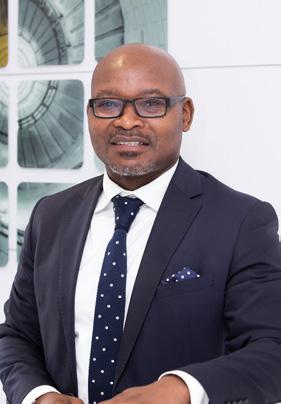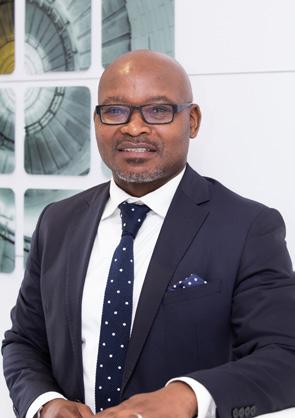GAIA



Attractive South African and sub-Saharan African opportunities, which deliver investors predictable, inflation linked and long-term cash yielding returns: this is the Gaia proposition. Providing access to both listed and unlisted investment vehicles, Gaia has pioneered infrastructure as a viable asset class and now looks to secure its position as its leader across sub-Saharan Africa, says CIO Hendrick Snyman.
PRODUCTION: William Denstone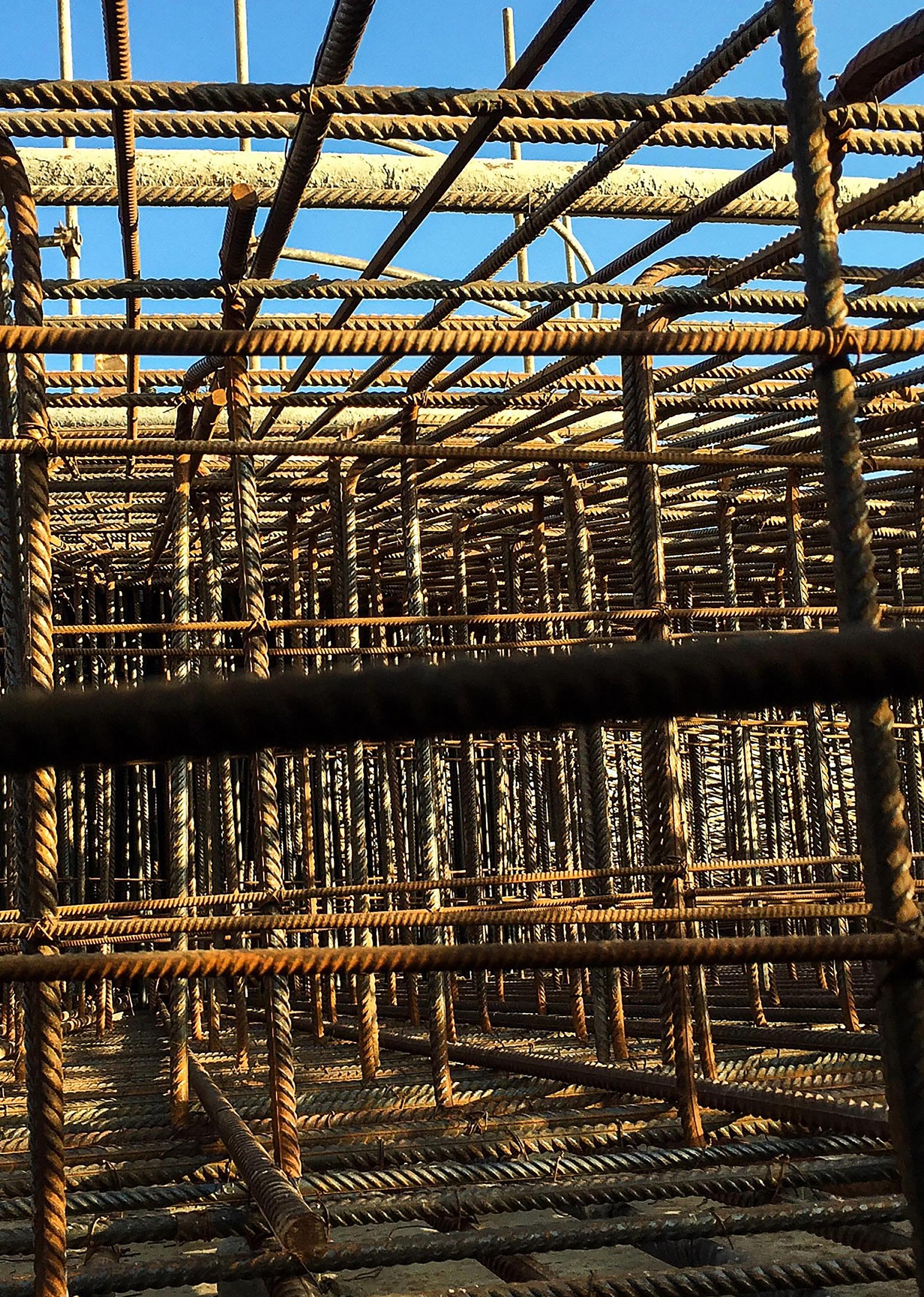 Tsitsikamma Community Wind Farm © Stefanie de Beer – “Line of Sight”, 2015
Tsitsikamma Community Wind Farm © Stefanie de Beer – “Line of Sight”, 2015
record,” Snyman says of the small but perfectly formed team undertaking these lofty feats, before going on to detail Gaia’s formation and its genesis in recognising untapped potential.
To understand Gaia, it is essential to know where we came from,” he begins. “Gaia was founded when South Africa initiated its renewable energy programme, and began developing greenfield wind farm projects.
“D uring the development of these sites, the financially skilled engineers who were overseeing the projects, all with backgrounds in the investment and corporate finance space, realised that the cashflows that emanate from infrastructure projects are very well-suited to pension funds and life products.
“From the original company that developed these wind farms Gaia was then founded, with the goal of mobilising institutional long-term capital into sustainable infrastructure projects. We exist to facilitate financial flows, in order to invest in infrastructure and, in so doing, open up reciprocal benefits: for investors, of course, but for the country, in terms of the National Development Plan and the intrinsic link between infrastructure and economic growth, and therefore poverty alleviation.
“We want to deploy long-term capital in infrastructure to match investors’ requirements with what infrastructure can deliver for them.”
Established in 2012 as a specialist asset manager, Gaia focuses exclusively on facilitating the investment of long-term investor capital in infrastructure and agriculture investments in Southern Africa.
“We pride ourselves on our unique engineering, project development and finance skills to execute upon the investment options throughout the project lifecycle,” introduces Hendrik Snyman, Chief Investment Officer.
To date, Gaia has deployed its
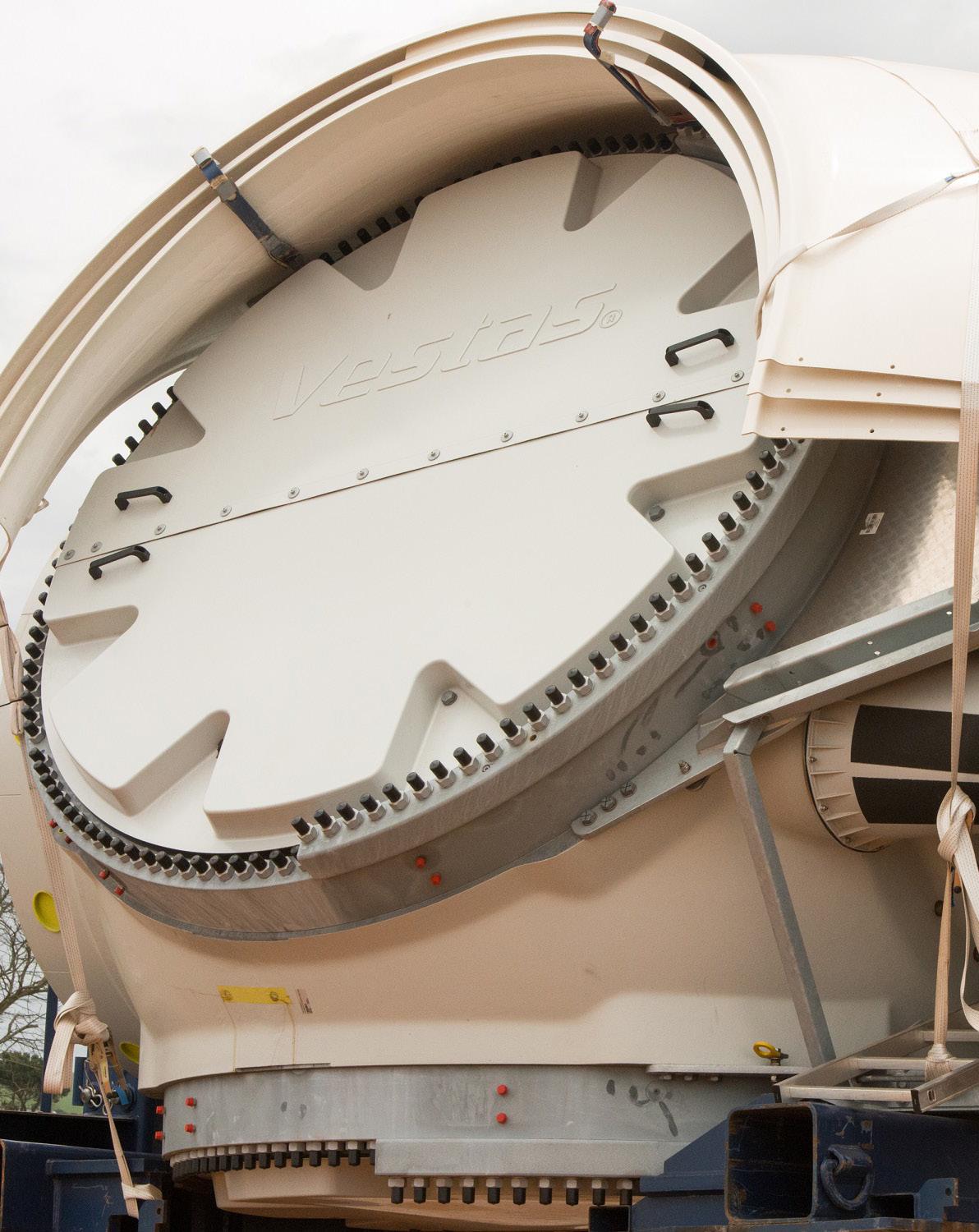
unique approach to invest nearly R4 billion through more than 20 transactions. These are in turn spread across nine utility-scale renewable energy projects, among them a toll-road, fibre optic network infrastructure and a litany of farming and agriprocessing initiatives.
“G aia comprises highly skilled actuarial, engineering, project development, and investment professionals with a demonstrated investment performance track
Ga ia has been an innovator in the specialist secondary infrastructure transaction space in South Africa, having concluded a number of firsts and record deals to date. “The renewable energy programme was probably the first opportunity that external investors had to gain access to this very new asset class,” Snyman explains, “and Gaia has been a pioneer in convincing South African institutional investors to support it.
“We did the first secondary, or brownfield, transaction within South
Africa in 2015, and have gone on to complete a further 12 renewable energy secondary transactions in the country.”
Ma ny have attempted to follow in Gaia’s footsteps, but the company has a key differentiator over the competition, according to Snyman.
“We are the best team out there,” he recognises, “and unique in that we are exclusively engineers that have come from the development landscape and,

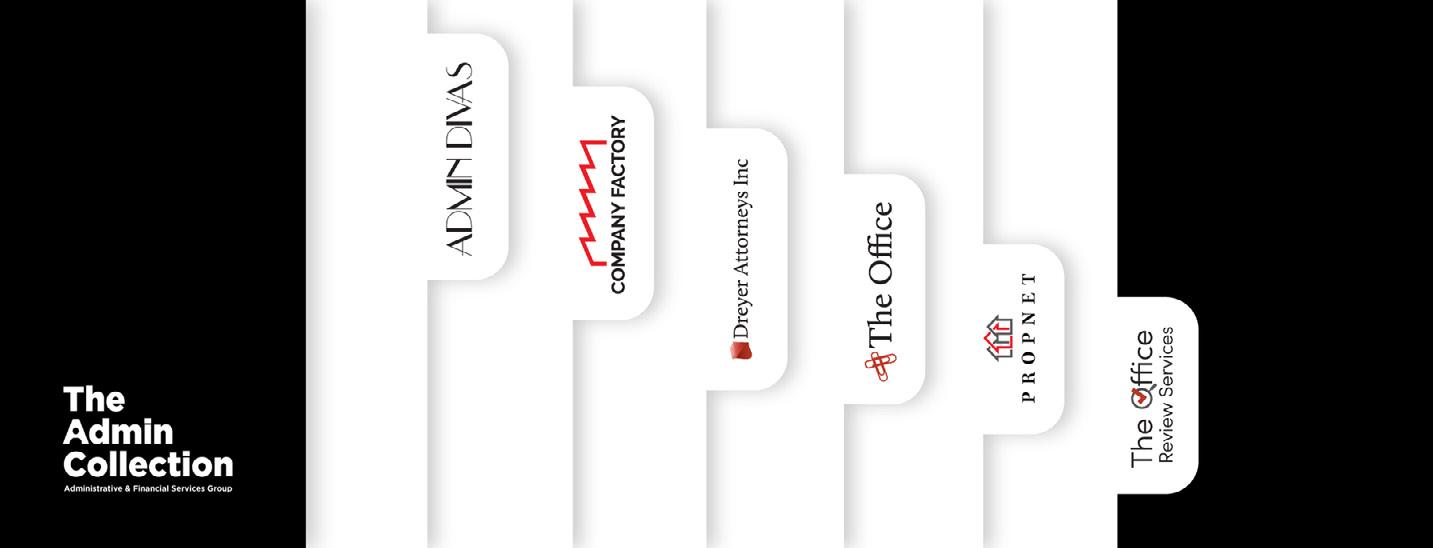
as a result, deeply understand it from the grassroots up.”
Wi th access to electricity in sub-Saharan Africa becoming ever-more critical in the fight to rise above poverty and nearly 600 million currently without, Gaia has been selected as one of five funds by the International Climate Finance Accelerator (ICFA) Luxembourg to replicate its success within the continent. Africa has been identified as a key tipping point in sustainability, being home to 17% of the world’s population and possessing seven of the top 20 fastest growing economies, as well as 17 of the top 20 fastest growing cities.
De spite the challenges it presents, it also has a young population and arguably the greatest renewable energy
potential in the world which, considering predictions that its energy consumption will quadruple over the next 20 years, makes it vital to energise in a cleaner, more sustainable manner. “Africa’s contribution to climate change has been the least but, as we chart our economic future, Africa must be central to the global climate solution,” warns the Intergovernmental Panel on Climate Chang (IPCC), as the Gaia Africa Climate Fund looks to catalyse an infrastructure development snowball and, in turn, develop a sustainable local industry.
Ga ia’s strategic aim is to replicate what is has achieved to date throughout the remainder of sub-Saharan Africa,
“WE WANT TO BE THE BE THE BRAND LEADER, FIRST MOVER AND INNOVATOR IN THE INFRASTRUCTURE
Snyman elaborates. “Primarily, this will entail a continuation of our current investment themes, specifically targeting climate infrastructure such as solar and wind electricity generation and transmission, sewage and water reclamation. What will explicitly link all these projects is stable cash flows for Gaia’s investors, allowing project developers to recycle their capital and develop new projects to the benefit of the continent and its people.”
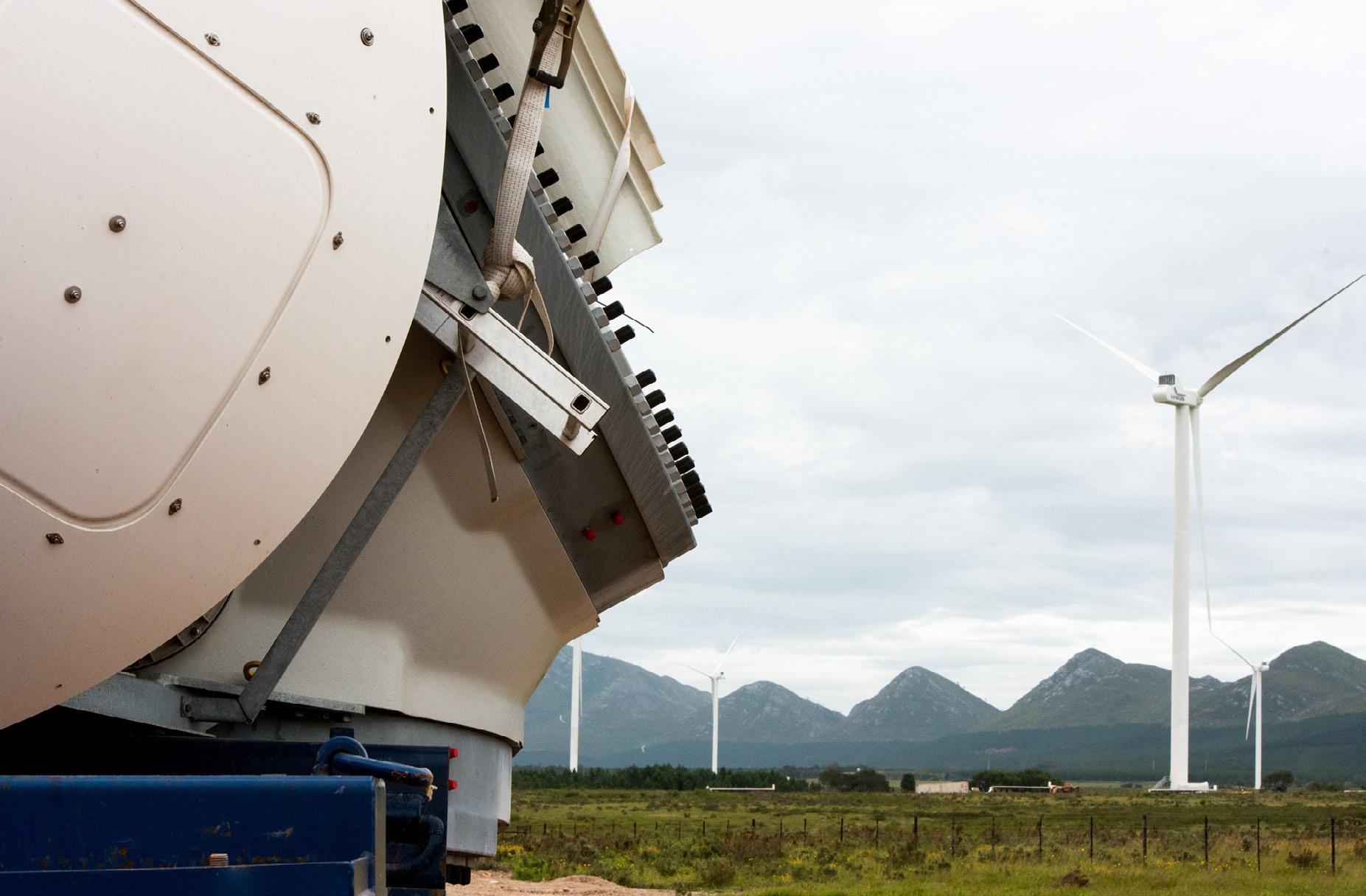
Th is is another factor emphasising Gaia’s long-term commitment to sustainable investing, in tandem with the 17 interlinked goals set in 2015 by the UN General Assembly, to achieve a better, more sustainable future for all. “The goals have a range of desired outcomes, including food and water security,
poverty reduction, healthy living and climate action,” Snyman details. “We desperately need to promote prosperity for all, and protect our planet. Gaia has taken hold of the flame, and our investment mission is aligned with the fundamental principles of sustainability.”
On e of Gaia’s most recent developments is the Fibonacci Fibre Fund, designed to offer investors attractive risk-adjusted returns, again based on stable cash flows and annual distribution growth in line with inflation. “We are investing in fibre networks which are de-risked to such a degree that it is an attractive proposition to investors seeking to minimise risks, and to harvest the cash flows from these assets,” Snyman says of this exclusively South African fund, in contrast to the sub-Saharan
scope of its infrastructure bedfellow.
“The fund will only acquire premium sites which have already achieved a minimum uptake of 25%, with the probability that at least 40% of potential clients will sign-on to the network. This investment process mitigates many of the construction risks,” he elaborates. “The fund’s resilient and stable cash flows provide
“GAIA HAS BEEN A PIONEER IN CONVINCING SOUTH AFRICAN INVESTORS TO SUPPORT INFRASTRUCTURE AS AN ASSET CLASS”
Linteg, Fibre is extremely proud to be associated with the GAIA Group, as they are pioneering fibre infrastructure as an asset group on the continent.


With our world class leading technology stacks, Linteg provides a full turnkey infrastructure management service like no other. As the fibre network operator we manage the entire customer and investor journey through transparency and awesome customer service to the end users. Established in 2011 with the initial focus on providing micro-trenching and network build services for all major mobile operators, we have leveraged our technical expertise and focus on innovation and superior customer service to grow our footprint throughout the country. Today we provide a wide range of services to an ever expanding roster of blue chip clients. At Linteg we believe in “Connecting homes and not just passing them”
Giles Marshman (CEO) of Linteg says: "Our goal is to provide our clients with a single electronic turnkey solution that brings multiple benefits. By thinking outside the box where fibre is concerned we’ve unlocked benefits far beyond mere data. This is how Linteg Fibre can today offer a far broader range of connectivity services to our clients."
infrastructure investment landscape.
excellent diversification benefits, while the exclusivity of the fibre networks allows the fund to act as toll operator for growing data consumption.”


Having pioneered the viability of an entire asset class and led the way in sustainable investing to promote a positive environmental, social and governance impact, Snyman tells us that Gaia will now cement its position as the example to follow in infrastructure investment.
“A s a company we want to
establish a foothold as the best independent secondary transaction investor in South Africa,” he outlines. “There are a number of companies that do what we do, but they are connected to the larger institutions and so although they are ‘independent’, their capital comes from their parent companies.
“We want to be the be the brand leader, first mover and innovator in the infrastructure investment space, truly independent of a large institution. In the greater sub-Saharan region, we would like to catalyse the
“We are committed to proposing a solution that encompasses a positive environmental, social and governance impact,” Snyman reasserts. “Our aim is to prove the case of Africa as an infrastructure investment destination, and to show that it is not as risky as it might be perceived in order to crowd in investors in the development cycle. In this way, we will be integral to enabling Africa to develop to its full potential.”
“WE DEPLOY LONG-TERM CAPITAL IN INFRASTRUCTURE TO MATCH INVESTORS’ REQUIREMENTS WITH WHAT INFRASTRUCTURE CAN DELIVER FOR THEM”
Published by CMB Media Group Chris Bolderstone – General Manager

E. chris@cmb-media.co.uk Rouen House, Rouen Rd, Norwich NR1 1RB
T. +44 (0) 1603 855 161

E. info@cmb-media.co.uk www.cmb-media.co.uk
CMB Media Group does not accept responsibility for omissions or errors. The points of view expressed in articles by attributing writers and/ or in advertisements included in this magazine do not necessarily represent those of the publisher. Any resemblance to real persons, living or dead is purely coincidental. Whilst every effort is made to ensure the accuracy of the information contained within this magazine, no legal responsibility will be accepted by the publishers for loss arising from use of information published. All rights reserved. No part of this publication may be reproduced or stored in a retrievable system or transmitted in any form or by any means without the prior written consent of the publisher. © CMB Media Group

